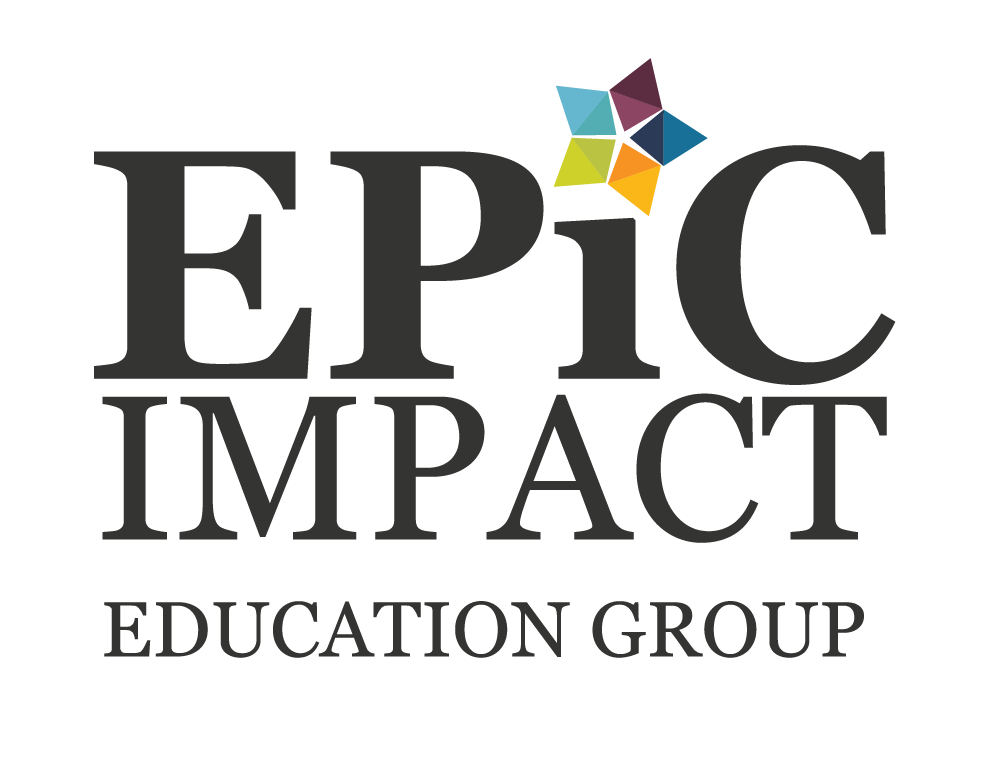Why Many Strategic Plans Fail to Deliver on Their Promise
Many school districts across the country have committed valuable resources of time, energy, and money developing strategic plans that were designed to close achievement gaps, increase efficiencies, ensure equity, and manage talent. Many of these districts also choose to partner with an outside organization that help the district engage and empower sometimes thousands of students, parents, staff, and community members to identify a mission, core values, goals, and objectives. Some districts even go a layer deeper and develop an implementation plan and work plans to identify strategic planning actions steps and the person responsible for each task. When all is done, the district has a beautiful strategic plan with a letter from the superintendent, pictures of students, charts, and graphs all embossed with the school logo and colors.
Yet, many of these strategic plans still fall short in delivering on their promise. How do I know this? I have been involved with strategic planning for nearly a decade as a superintendent, a senior director for a national not for profit organization that delivered strategic planning across the country, and as the CEO/President of a new organization that partners with districts in the strategic planning process. During that decade, I have personally witnessed the best practices, and lessons learned, in school district strategic planning.
The reason why most strategic planning processes don’t deliver on their promise is because execution is not a strategy problem, it is a people problem. In other words, a districts biggest challenge is not strategic planning, it’s strategic practice. Most districts and organizations that engage in strategic planning only focus on the planning part of the process, developing the plan. To deliver on the promise of the strategic plan, districts must align their resources and have a laser like focus on the highest impact practices that will deliver the intended outcomes. Many districts will use a communication campaign to ensure all stakeholders are aware of goals, objectives and intended outcomes. But strategic planning success happens when districts focus on identifying specific behaviors and high impact strategies that will lead to the desired outcomes. This approach goes much deeper than most districts’ implementation stage. During this Implementation Phase, vital behaviors for successful implementation are identified. In addition:
1. Professional development is designed that aligns with the plan and develops the necessary dispositions, knowledge, skills, specific behaviors and practices that are linked to desired outcomes,
2. A process is put in place that that monitors and supports the vital behaviors associated with successful implementation of a practice, and
3. An implementation survey is developed and used to provide feedback for possible course corrections and additional support when needed.
Here’s an example. Five years ago, the "High Learning for All" School District developed a strategic plan with one of its goals being closing equity and achievement gaps for all students. The District did a great job of engaging the community and developed a beautifully written vision and mission statement. The District even outlined an implementation plan of providing formative instructional practices and professional learning for the entire staff. After five years, the District was disappointed when there was very little improvement in state achievement and student growth data. And they were not alone. Despite going through similar strategic planning processes, other districts also discovered that their plans did not have the intended impact on student learning, as well.
Unless districts identify, communicate, monitor, and change the vital behaviors associated with high-leverage practices of teachers and leaders in the school, student results won’t change. Districts can identify that implementing formative instructional practices will be a key strategy in a strategic plan and even go as far as commit resources to offer professional learning around this strategy. However, unless districts identify, communicate, monitor, and coach the vital behaviors that are associated with deep implementation with fidelity of formative instructional practices, the strategic plan will be just that, "a plan."
During our work with school leaders we coach and suggest they develop “vital behavior” rubrics to ensure deep implementation of any initiative or plan. For example, a Formative Instructional Practice Rubric for teachers could include:
1) Unpacking standards with team,
2) Identifying learning targets,
3) Developing the assessment before instruction begins, and
4) Communicating learning targets to students.
If teachers are not demonstrating 80 percent of the vital behaviors associated with an initiative, then the initiative is not being implemented with fidelity. A Formative Instructional Practice Rubric for leaders may include:
1) Reviewing pacing guide with teachers,
2) Collecting assessments before instruction to examine alignment and rigor,
3) Frequently monitoring classrooms to ensure learning targets are communicated, and
4) Collecting results of formative assessments and names of students not mastering material to monitor student learning, etc.
At first, school leaders may think developing rubrics around key initiatives in the strategic plan as cumbersome. This is just another reason why districts should limit initiatives. It’s too difficult to allocate the resources, support, monitoring, and coaching of more than just a few initiatives in a district. Announcing change is not the same as leading change. If a district does not have the same resources to monitor, support, and coach staff during the implementation stages of an initiative as they do during the launch, then the initiative will fail.
Strategic planning is an important process for school districts. Too often initiatives fail because of poor implementation. Ensuring the strategic plan gets implemented with fidelity and the intended outcomes are met, is just as important. By focusing on the vital behaviors of the initiatives implemented in a district, school leaders can ensure that practices associated with deep implementation are demonstrated, which increases the chances of success.


